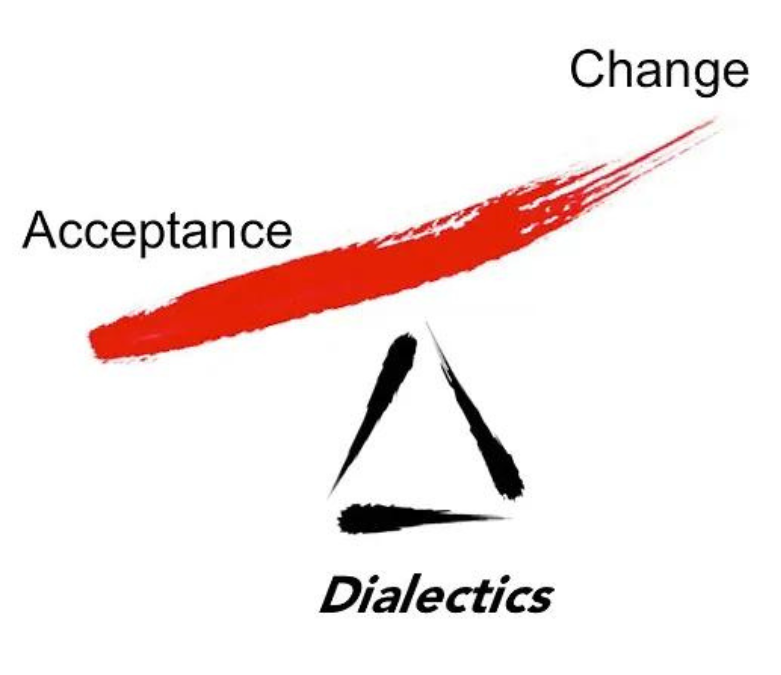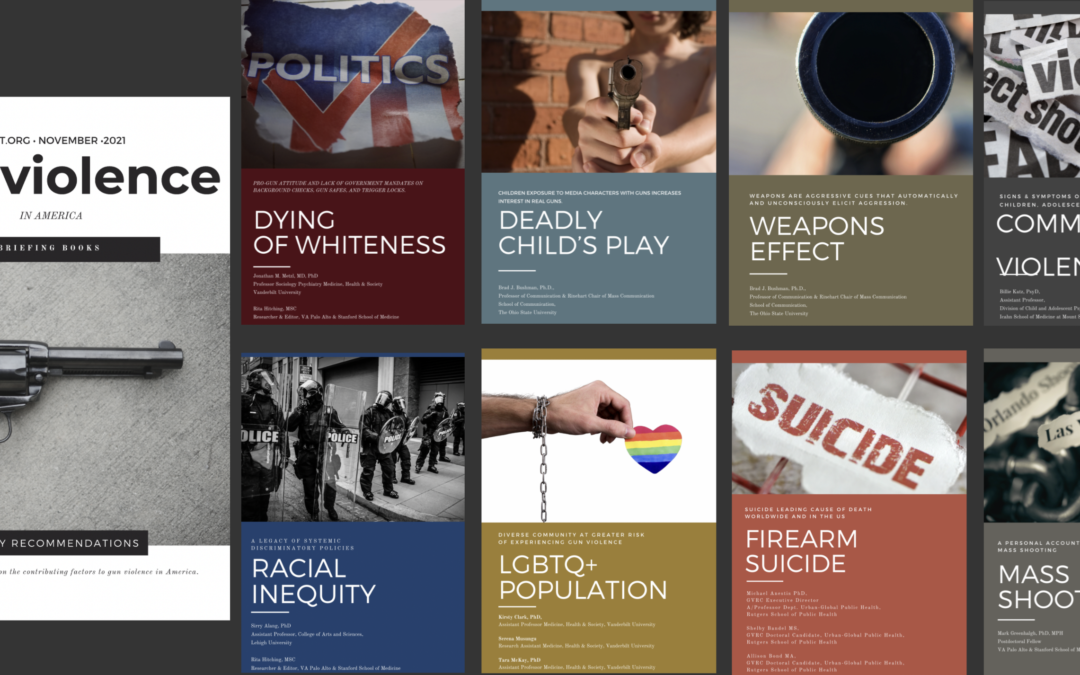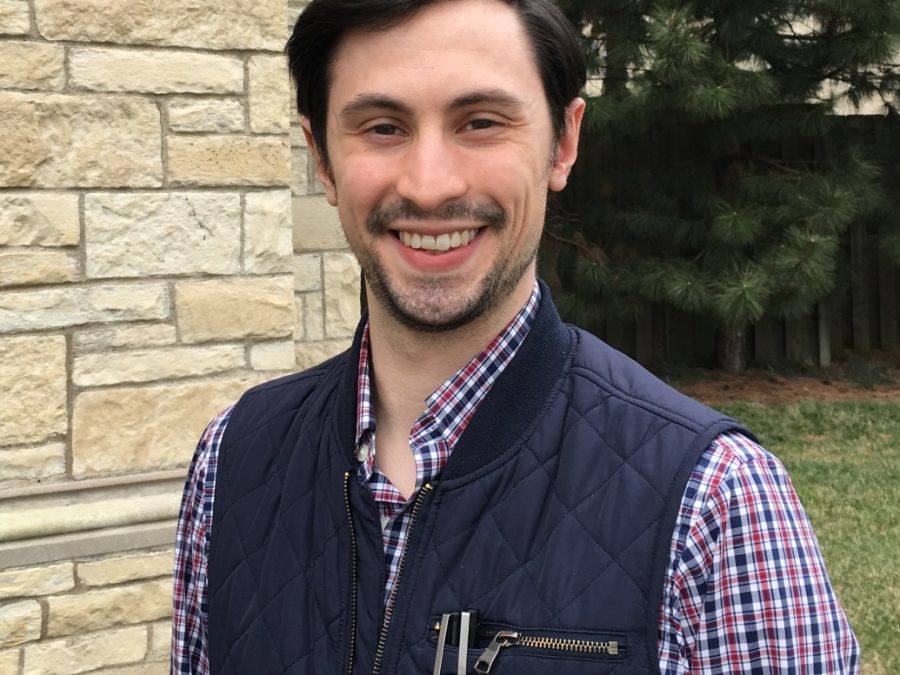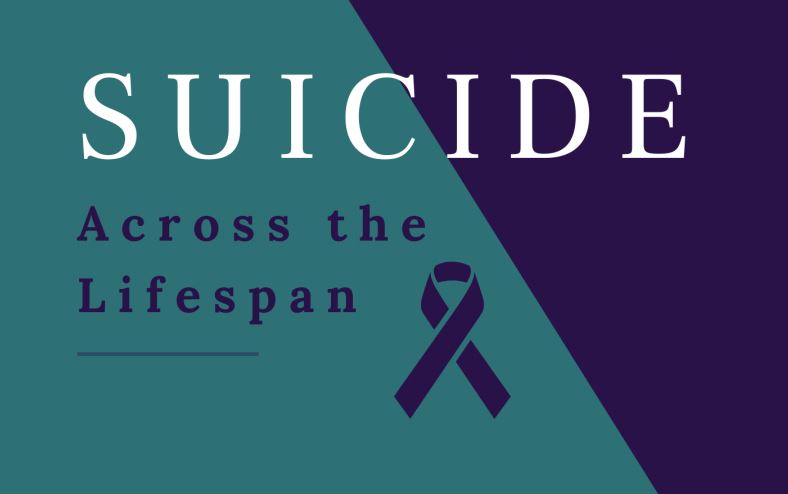The Borderline Personality Disorder, Emotion Science, and Treatment Lab (BESTLab), located in the Department of Psychology at Palo Alto University, is directed by Janice Kuo, Ph.D.

Find a CBT Therapist
Search through our directory of local clinicians.
Be sure to check the resources below.

The Borderline Personality Disorder, Emotion Science, and Treatment Lab (BESTLab), located in the Department of Psychology at Palo Alto University, is directed by Janice Kuo, Ph.D.

The Parent-Child Interaction Therapy (PCIT) Lab is located in the Department of Psychiatry of the University of Florida, and the Department of Psychology of West Virginia University. Directed by Cheryl B. McNeil, PhD.

The Suicide & Emotion Dysregulation Lab/New Jersey Gun Violence Research Center located at the Rutgers School of Public Health is directed by Michael Anestis, PhD. The Suicide and Emotion Dysregulation Laboratory (SEDL) was founded when Dr. Anestis was a faculty member in the clinical psychology doctoral program at the University of Southern Mississippi. In 2020, Dr. Anestis accepted a position as the Executive Director of the New Jersey Gun Violence Research Center (GVRC) and an Associate Professor in the School of Public Health at Rutgers. SEDL then became embedded within GVRC.

Gun Violence: a briefing book for journalists to help put guns and violence in context and provide an overview of how CBT might help to combat those elements that promote violence and sooth the effects of the trauma witnessed upon others.

Pritchard’s dissertation, “Interpersonal Emotion Regulation in Mood Disorders: Contextual, Biological, and Social Processes,” is a series of projects aimed to advance our understanding of intra- and interpersonal emotion regulation by examining biological and behavioral processes as mechanisms in affective change, emotional disorder risk, and negative interpersonal outcomes.

Christine Cha is an Associate Professor (effective Fall 2021) in the Clinical Psychology Program at Teachers College, Columbia University, where she directs the Laboratory for Clinical and Developmental Studies (LCDS). Her research program aims to refine our understanding of suicide and self-injury among youth.

ABCT member Mitch Prinstein comments on the following article related to the link between childhood abuse and adult suicide.

Todas las personas experimentan estrés en sus vidas, pero cuando un evento o una serie de eventos son excepcionalmente estresantes, se llama trauma o una experiencia traumática.

Aunque los hombres son más propensos a morir por suicidio, las mujeres son más propensas a intentar suicidarse.

Cuando hablamos de drogas, nos referimos a aquellas sustancias que afectan nuestro cerebro y, por lo tanto, nuestro comportamiento.

El trastorno límite de la personalidad (TLP) es un desorden psicológico que afecta aproximadamente entre el 1% y 2% de la población.

Suicide Briefing Book: A resource for the media and lay people looking to better understand, write about, or talk about suicide.

En las encuestas a estudiantes de la escuela secundaria, 8% a 10% reportan haber hecho un intento de suicidio.

Everyone experiences stress in their lives, but when an event or series of events is exceptionally stressful, it is called a trauma or traumatic experience.

Understanding who is at risk for suicide involves understanding the complex factors among individual differences, long-term risk factors, and short-term risk factors

Anyone — men, women, and even children — can be sexually assaulted.

Suicides among military personnel have been steadily rising during the past ten years, with suicide now being the second-leading cause of death among military personnel.

If someone you know has an alcohol or drug problem, whether it is your spouse, another family member, a friend, or an employee, your support can be very important in helping that person change.

Traumas in the military can occur in a variety of circumstances, at home and abroad

Suicide the third leading cause of death for adolescents. Out of every 100 attempts, 1 adolescent will succeed in committing suicide.